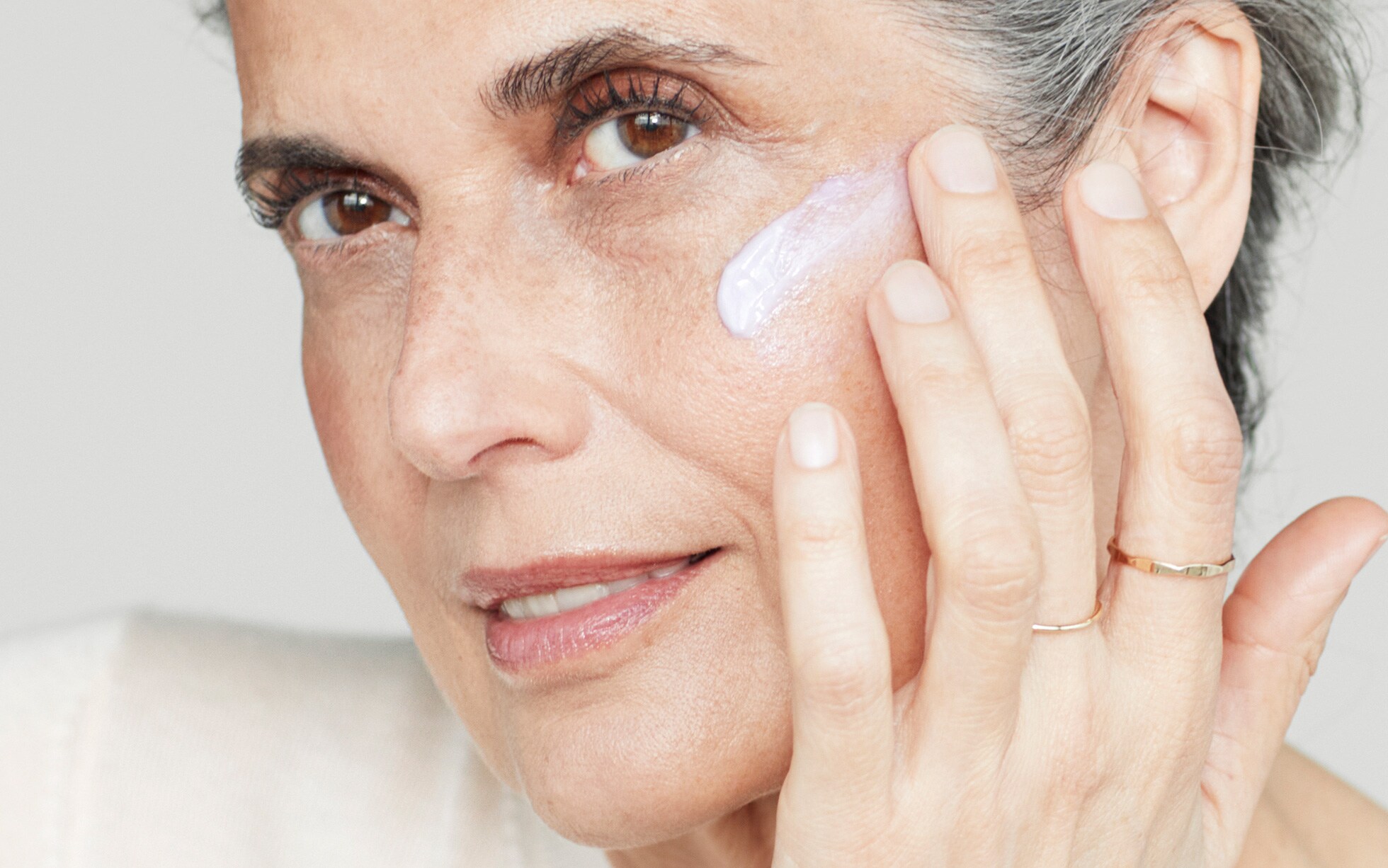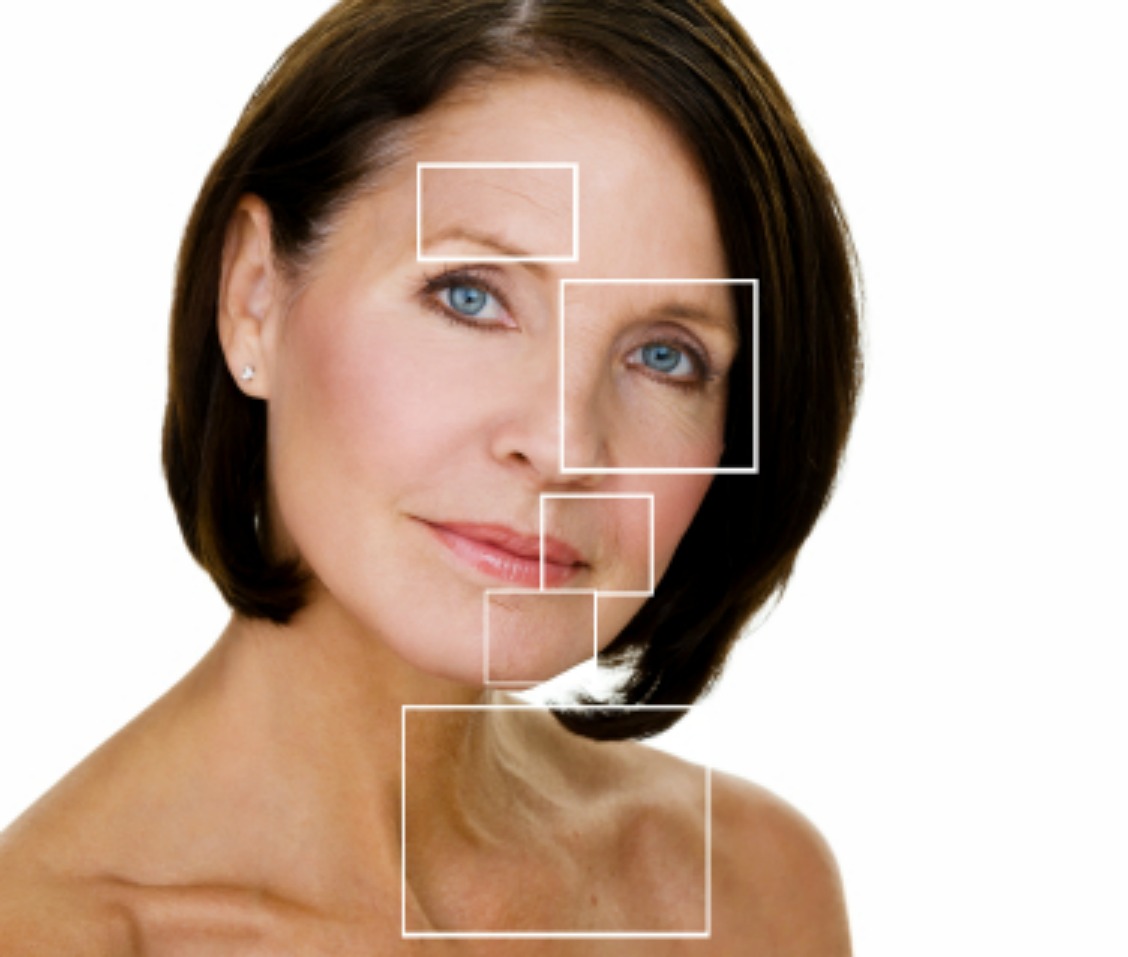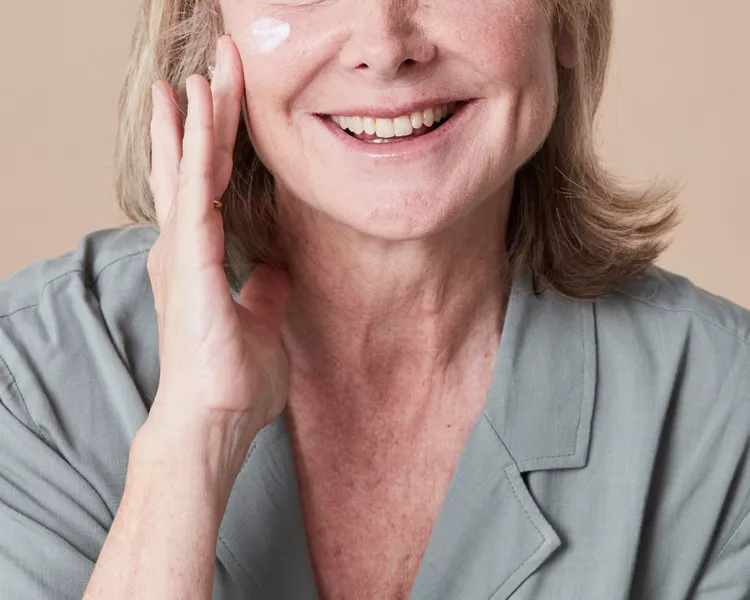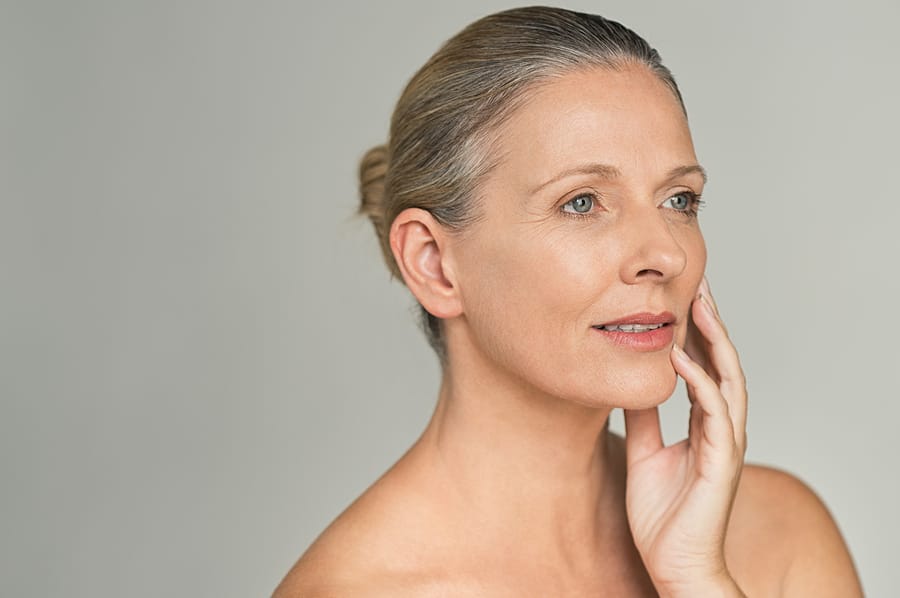How should we take care of our skin during menopause?
Four different issues matter in menopausal skin care. Cleansing, moisturizing, antiaging and protection.
Estrogen plays an important role in hydration, in how much moisture our skin retains. When their levels drop, the skin becomes drier, thinner and more sensitive. In addition, they play an important role in how much collagen we synthesize. Collagen is an essential protein in our skin that gives support and firmness. When it decreases the skin changes... We see it thinner, with more wrinkles and sagging. We know that in the first 5 years after menopause we lose about 30% of our skin's collagen.
So how should we take care of our skin during menopause...
- The cleanser should be gentle. After all, common alkaline soaps in combination with hot water significantly dry the skin, even at young ages. So we need to use non-drying cleansers, without fragrances and agents that in other decades might be useful, such as salicylic acid, lactic acid or fruit acids.
- The hydration. Its purpose is to improve dryness and repair the skin's barrier. Here we use lipids (for example ceramides) and ingredients that retain a lot of water such as hyaluronic acid and glycerin. At menopause we also have a decrease in estrogen and a relative increase in androgens – so some women have a tendency to suddenly develop pimples. It is therefore of great importance that our moisturizers provide the necessary lipids but not be food-borne.
- To apply anti-aging products. What does this mean; Products whose ingredients activate collagen production. Such are retinol or other topical retinoids that may belong to drugs, and vitamin C. Another approach is to apply substances or replacement complexes that mimic estrogen (without being) because their chemical structures are similar.
- It's never too late to start applying sunscreen daily – there's a significant window of prevention in the 60s-70s-80s. Sunscreens protect us from discolouration, gradual thinning from wrinkles and relaxation caused by UV rays.
Finally, skin care has to do with other issues that are generally related to a life with good quality – well-being. Proper nutrition, enough sleep, no cigarettes, stress reduction – everything matters in the good condition of our skin





